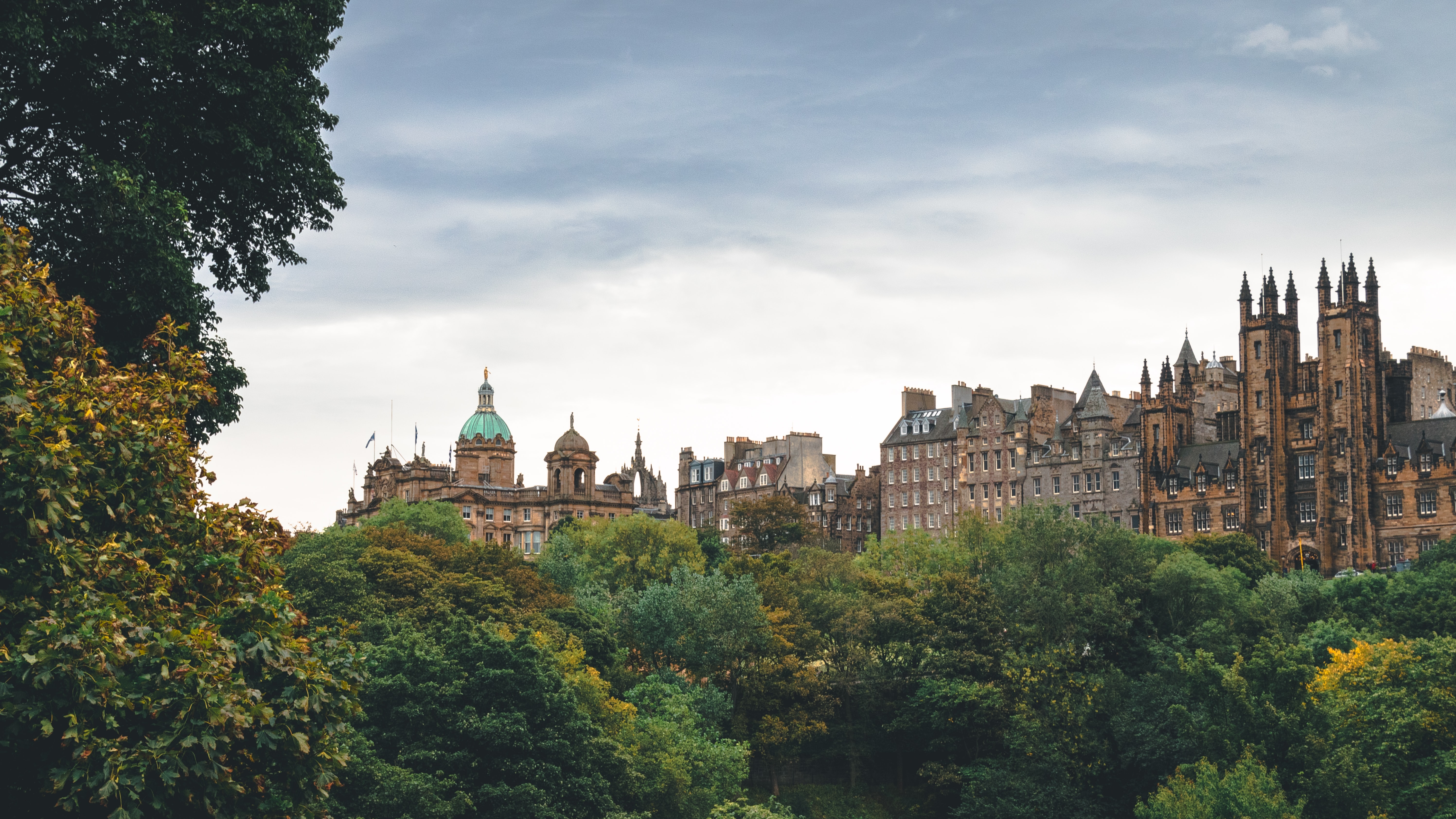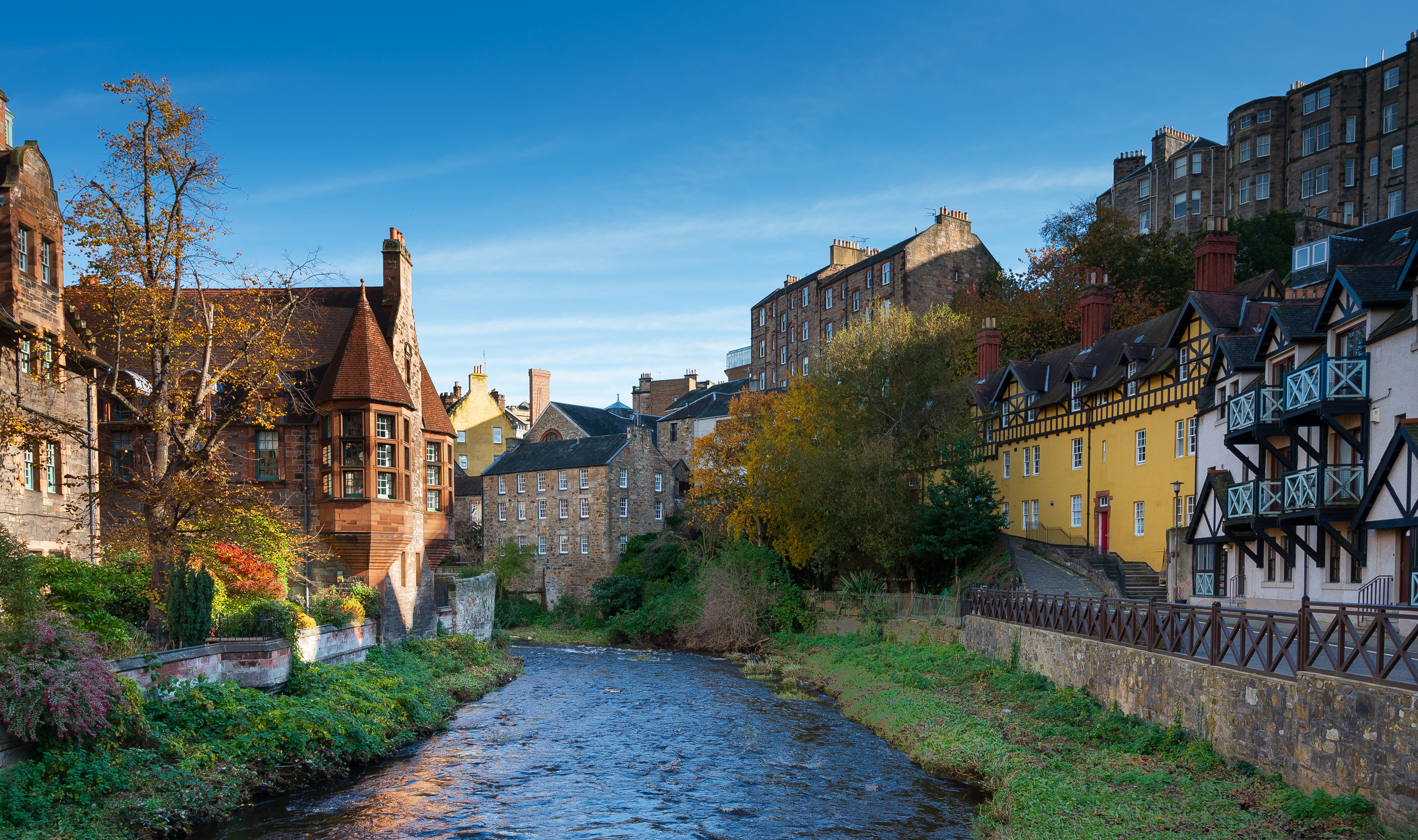Edinburgh for Schoolchildren: Top Attractions
The city of Edinburgh has absorbed the indescribable charm of Scotland and English tradition. Its many castles and ancient streets will enchant you and your students.
Edinburgh castle
Edinburgh Castle is located in the center of the Scottish capital on the cliff of an ancient extinct volcano.
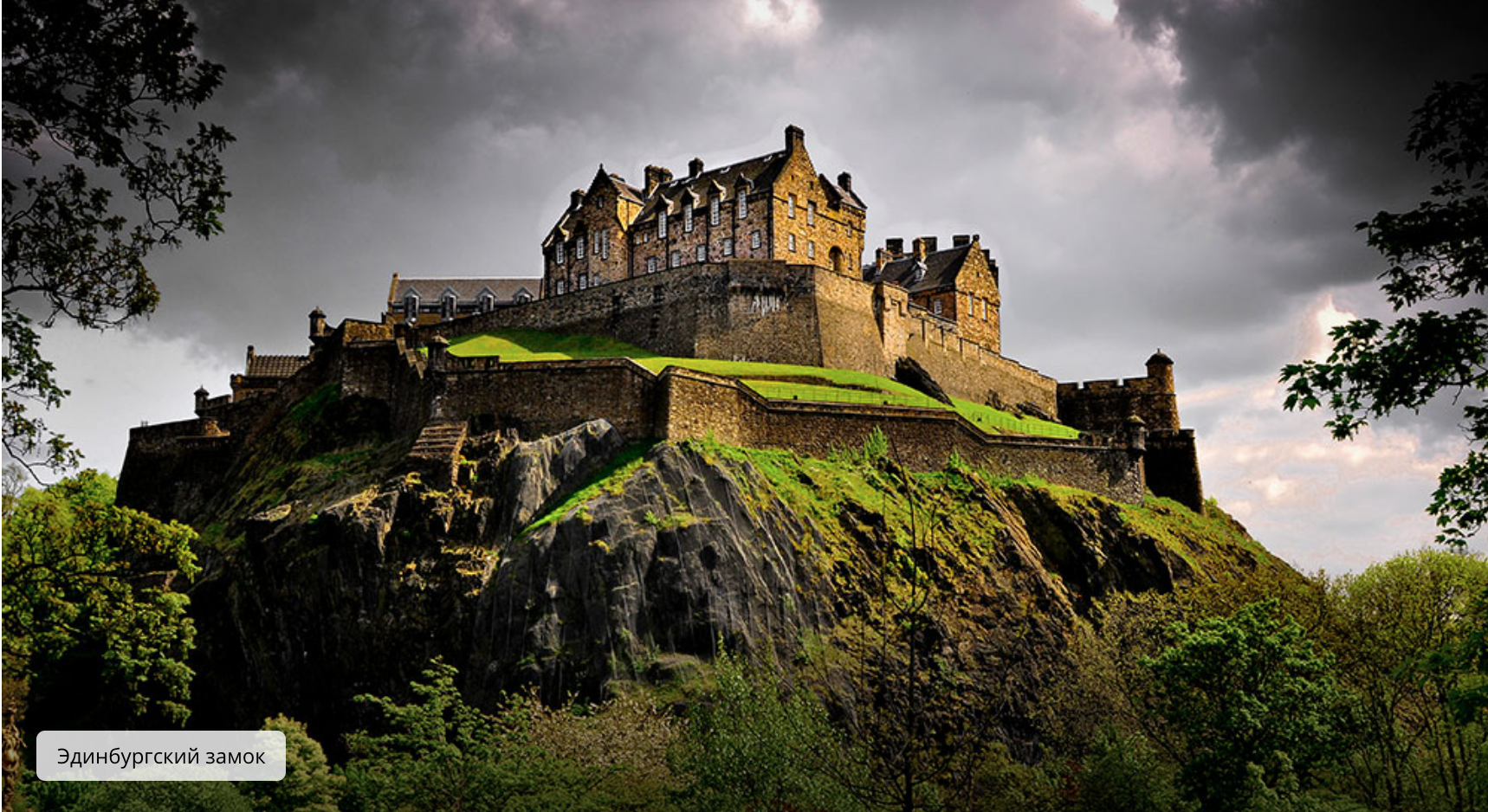
The date of its foundation dates back to the beginning of the XII century, but it is known for certain that this place was inhabited by people in the Bronze Age. Since the castle was rebuilt many times in its history, now it is impossible to say for sure which style its architecture belongs to.
From the day of construction until the 17th century, the castle was the residence of the Scottish kings. After the unification of Scotland and England, the castle became the seat of Scottish soldiers, and later - a local prison. In the XIX century. it was thoroughly restored and is now a historical monument.
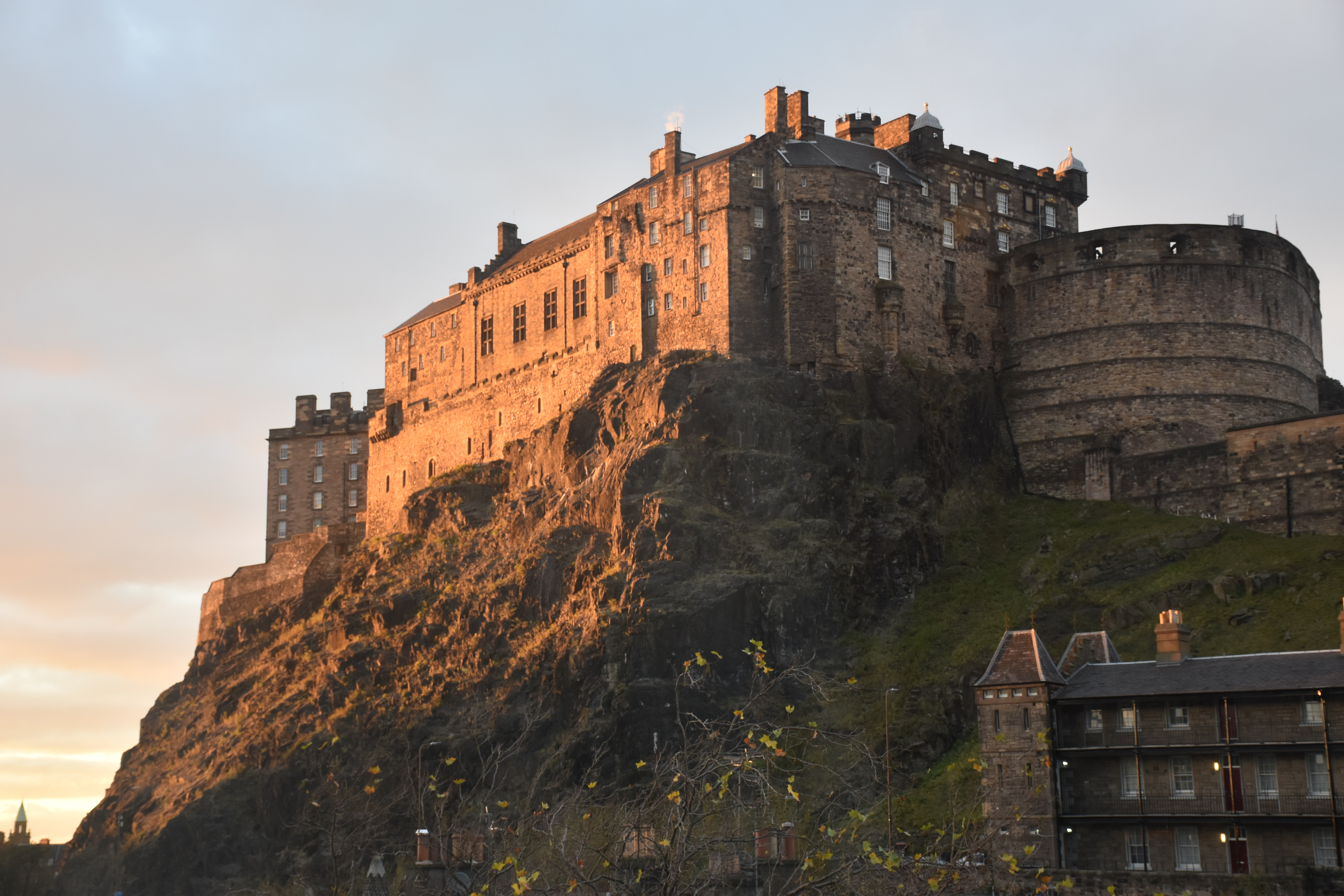
It houses the National War Museum of Scotland, introducing visitors to the city's military history. Inside, you can see the legendary Skunk Stone and the crown of the Scottish Kingdom. Military parades take place in front of the castle, and once a year the best military musicians of the world come here for the parade of military bands, which traditionally opens with performances of Scottish pipers and drummers.
St. Giles Presbyterian Cathedral
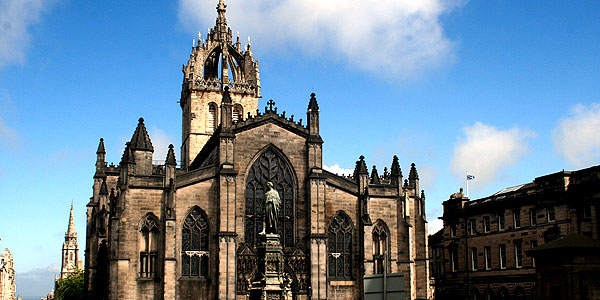
The most revered and popular place among tourists in Edinburgh is rightfully considered the Presbyterian Cathedral of St. Giles (another transcription - Aegidius), located in the Royal Mile. It was founded in the XII century. in honor of the patron saint of these places - St. Giles, who was also known as the protector of the poor and lepers, and was also one of the Fourteen Holy Helpers. The oldest surviving stone buildings of the cathedral date back to the 12th century. The cathedral was restored many times, since its premises were used not only for religious needs, however, by the beginning of the 19th century. the condition of the cathedral became deplorable, and in 1829 its grandiose restoration began. Several Scottish relics are kept in the cathedral. Many famous Scots are also buried here, including the author of the novel "Treasure Island" and the ballad "Heather Honey" Robert Louis Stevenson.
Charlotte Square, Georgian House
Schoolchildren will undoubtedly be interested in visiting Charlotte Square, where they can get acquainted with the typical for Great Britain of the 17th century. the Georgian style, whose architectural features are the symmetry of the facades and white stucco details against the background of flat bright red bricks. The Georgian House Museum is not accidentally located in this park. The richest people of Edinburgh settled here - local aristocrats, bankers, doctors, lawyers. Their homes were, without exaggeration, imposing and impeccable examples of Georgianism. The building of the museum was built in the so-called Adam's style, it is an airy and "frivolous" version of classicism with an emphasis on the design of the interior decoration.
Robert Adam was so popular that the first owner of the house paid not only for the house, but also for the privilege of buying it. The exposition of the museum is located on three floors and in the basement. You will be able to see the dining room and living room, a reception hall, bedchairs for adults and children, playrooms, rooms for nannies. The furnishings, typical for that time, have been preserved - furniture, silverware and dishes, porcelain, paintings, figurines. In the basement there are rooms for servants and a kitchen, where food was cooked on four stoves in cast iron and copper pans, and then laid out on funny plates with "built-in" gravy boats. A little to the side, a collection of pottery, the lids of which are made in the form of dough rolled into a cake, is modestly awaiting your attention. At the hearth there is a spit rotating by means of hot air.
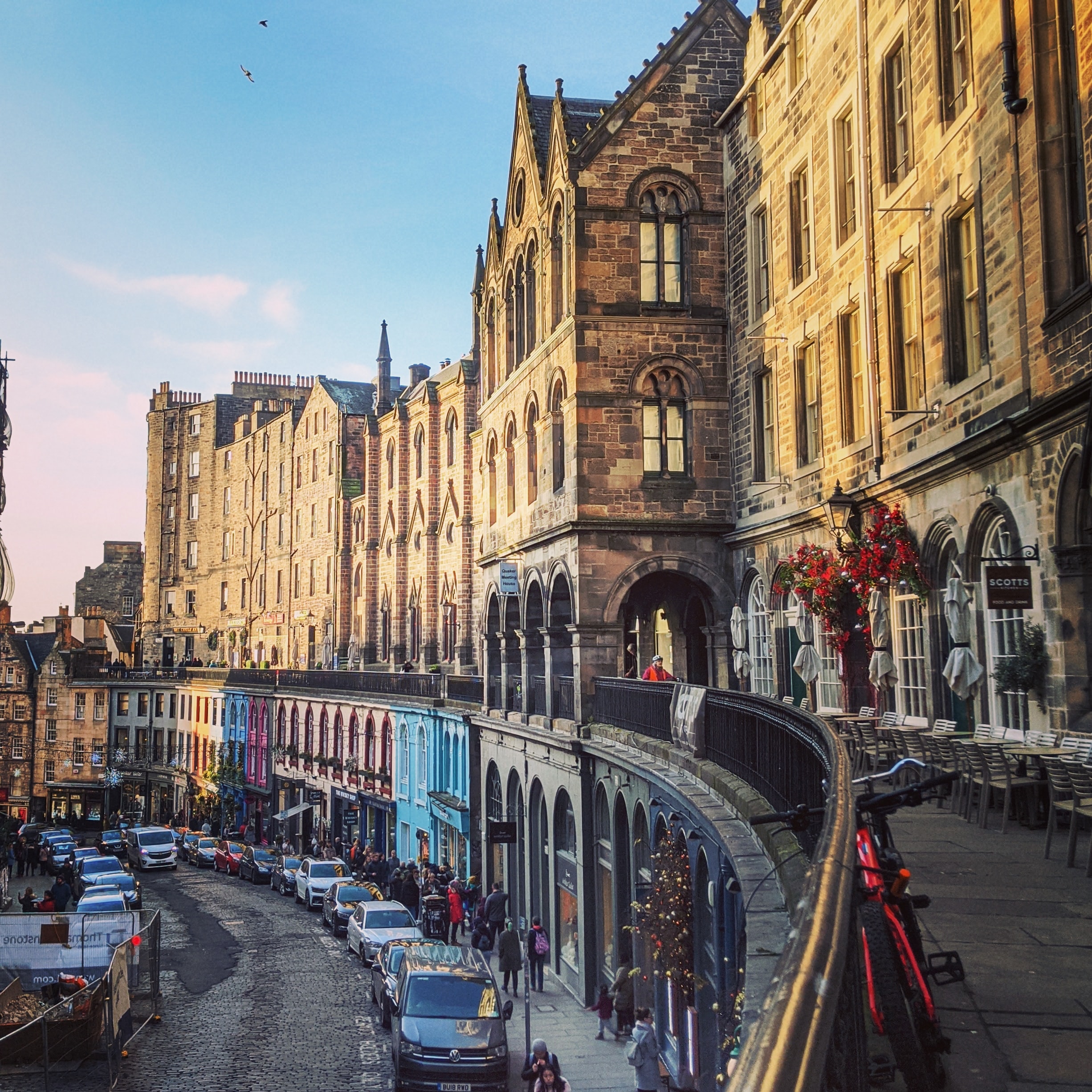
Gladstein's Land Museum
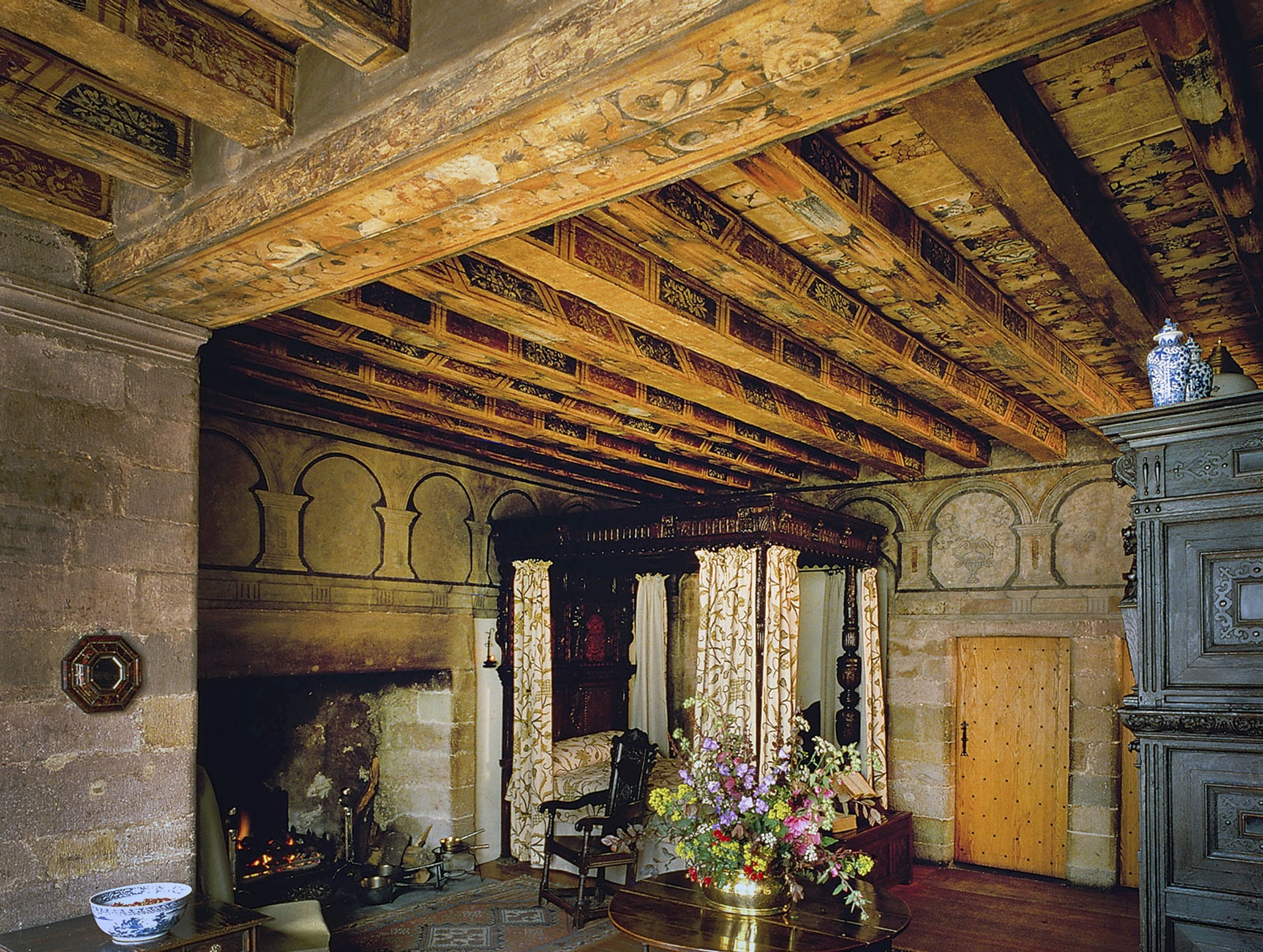
Walking along the streets of the Royal Mile, you will see the Land of Gledstanes Museum, housed in a house built in 1617 by the merchant and landowner Thomas Gledstanes. The museum tells how people lived at that time, you can admire the painted ceiling, unusual furniture; the museum contains outdated items of everyday use, for example, wooden shoes for bad weather, surprising in their practicality. Interesting fact: the restorers had to remove 14 layers from the walls of one of the rooms to find out what it looked like in the time of Gladsteines. From the side of the street along the house, trade shops have been preserved in their original form.
These are some of the main attractions in Edinburgh, but not all. Walking through its streets, you will surely be able to make your own amazing discoveries and find new routes.
